
© The Free Thought Project
Despite overwhelming evidence of US troops being given orders to open fire on peaceful antiwar protesters at Kent State, not a single person has ever been held accountable.
On May 4, 1970, members of the Ohio National Guard descended on the campus of Kent State University in Ohio to quash and antiwar protest. During the protest,
soldiers opened fire on an unarmed group of students-firing 67 rounds in 13 seconds-killing four and injuring nine others. To this date, not a single person has been held accountable and the government still refuses to admit that it participated in the murder of its own citizens.
As the Free Thought Project reported in 2016, Kent State is the one school shooting that the US government wants you to forget.It has been 48 years since that day and there has yet to be a credible and impartial investigation into the massacre. Also, no group or individual has faced a single consequence for opening fire on innocent students and killing them. Although eight of the National Guardsmen who opened fire that day were indicted by a grand jury,
all of their charges were eventually dismissed.The families of the victims were given $15,000, a statement of regret, and essentially told to get on with their lives.

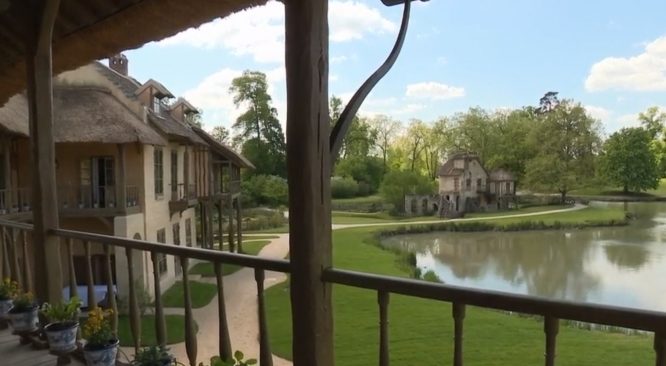
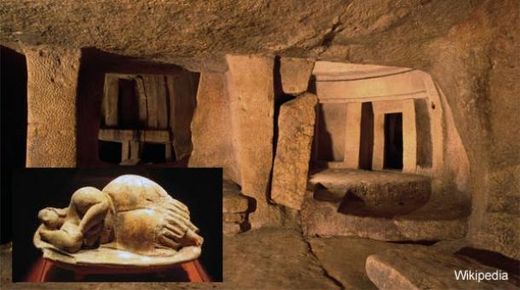


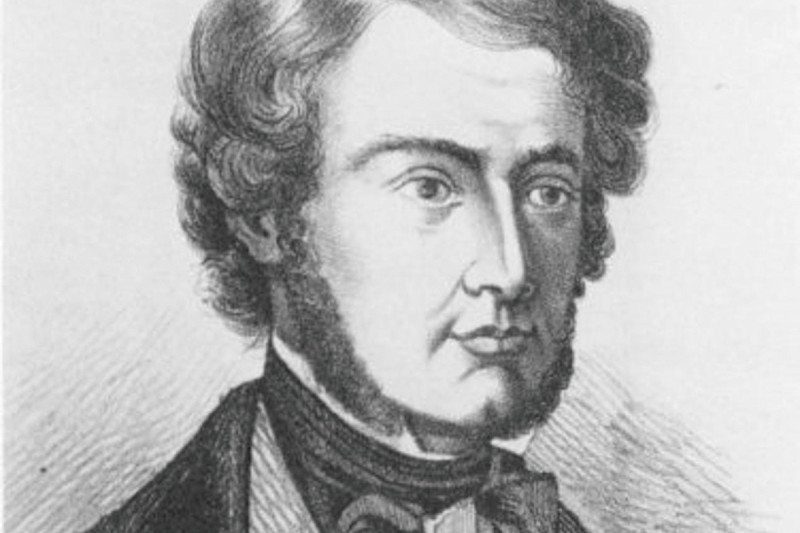
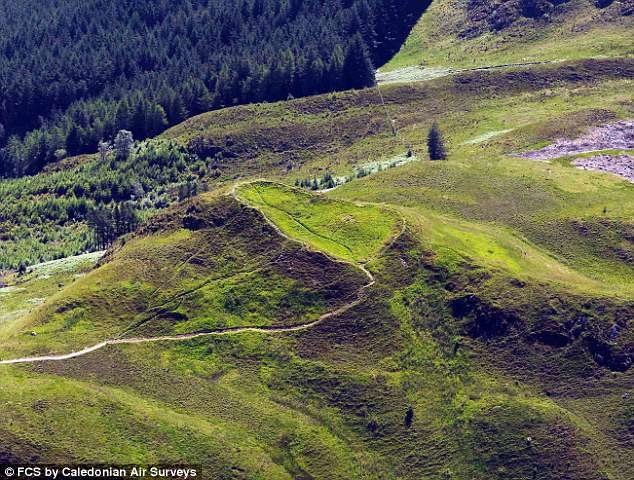
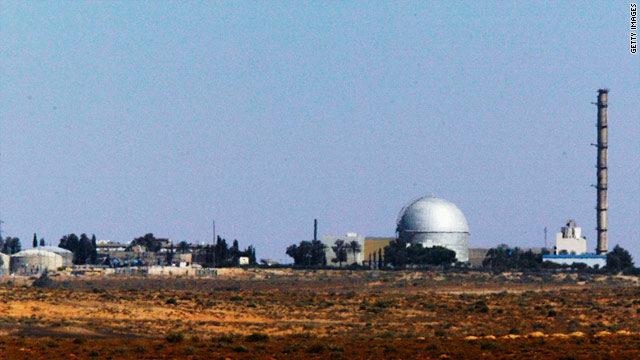
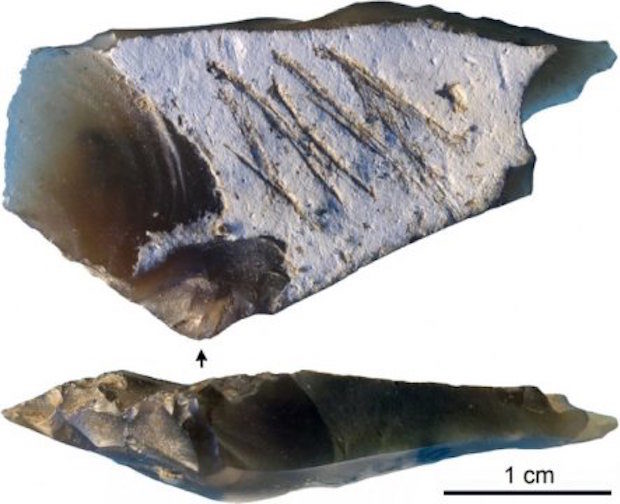
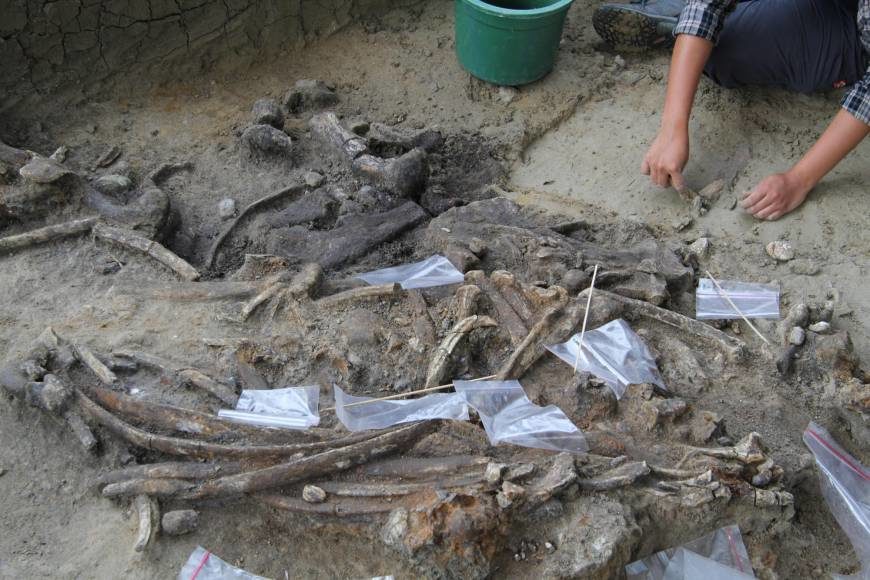



Comment: This certainly does provide an intriguing perspective on who queen Marie-Antoinette was. Perhaps the selfish, decadent and debauched image of her isn't as accurate as mainstream history would have us think?
See also: A short history of the 'humane' guillotine